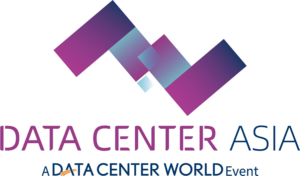In today’s digital age, where data center event Asia is the backbone of global connectivity, ensuring uninterrupted power supply has never been more critical. As the demand for cloud services, AI, and IoT applications skyrockets, so does the energy footprint of these facilities. Traditional grid-dependent power sources are increasingly vulnerable to outages, regulatory pressures, and environmental concerns. This leads us to a pressing question: How can data centers secure reliable, sustainable, and cost-effective energy solutions?
Data Center Asia HK 2025, held from 15-17 July 2025 at AsiaWorld-Expo, Hong Kong, offers a unique opportunity to explore the intersection of renewable energy and data center resilience. Join us to explore the latest data center innovations and applications.

Harnessing Wind Power: A Renewable Beacon for Data Centers
Wind energy has emerged as a formidable ally in the quest for sustainable data center operations. With advancements in turbine technology and offshore wind farms, data centers can now tap into vast, scalable power sources that reduce carbon emissions and operational costs. For instance, collaborations between tech giants and wind energy providers have already demonstrated the feasibility of powering entire data centers with 100% renewable energy.
The Versatility of Natural Gas: Bridging the Reliability Gap
While renewables like wind and solar are pivotal, they often require complementary systems to ensure 24/7 uptime. This is where natural gas steps in. Gas turbines and fuel cells offer rapid deployment capabilities, providing on-demand power during grid failures or peak demand periods. Moreover, as the industry transitions toward “green” hydrogen (produced via electrolysis using renewable energy), natural gas can serve as a transitional fuel while reducing carbon footprints.
Microgrids and Smart Energy Management: The Future of Resilience
The future of data center energy resilience lies in microgrids—localized energy systems that integrate multiple power sources, including wind, gas, solar, and storage. These microgrids can operate independently of the main grid, ensuring uninterrupted operations during outages or disasters. Coupled with AI-driven energy management platforms, data centers can dynamically adjust power consumption based on real-time data, optimizing costs and sustainability.
Conclusion
As data centers continue to expand their role in the global economy, their energy strategies will define their long-term success. The shift toward hybrid energy systems—combining wind, gas, and renewables—is not just a trend; it’s a necessity. By embracing these innovations, data center expo can reduce operational risks, lower emissions, and position themselves as leaders in the green technology revolution.
